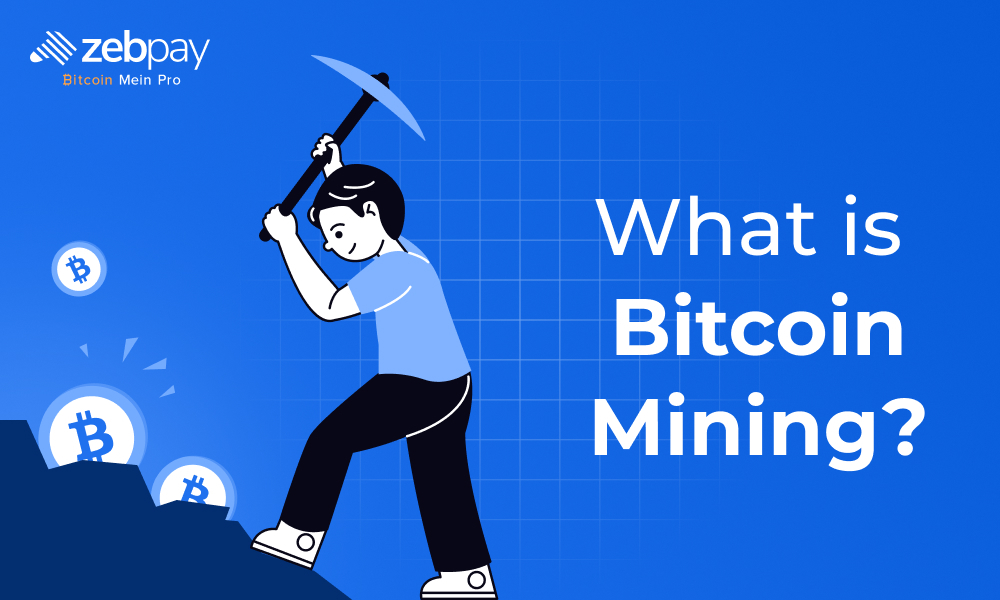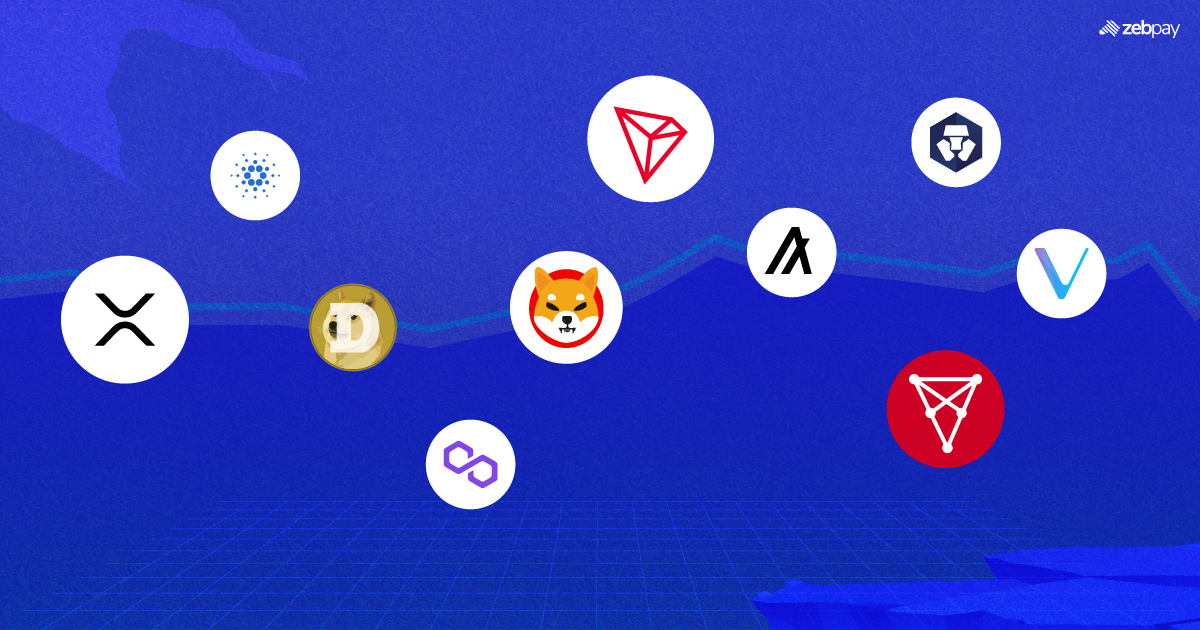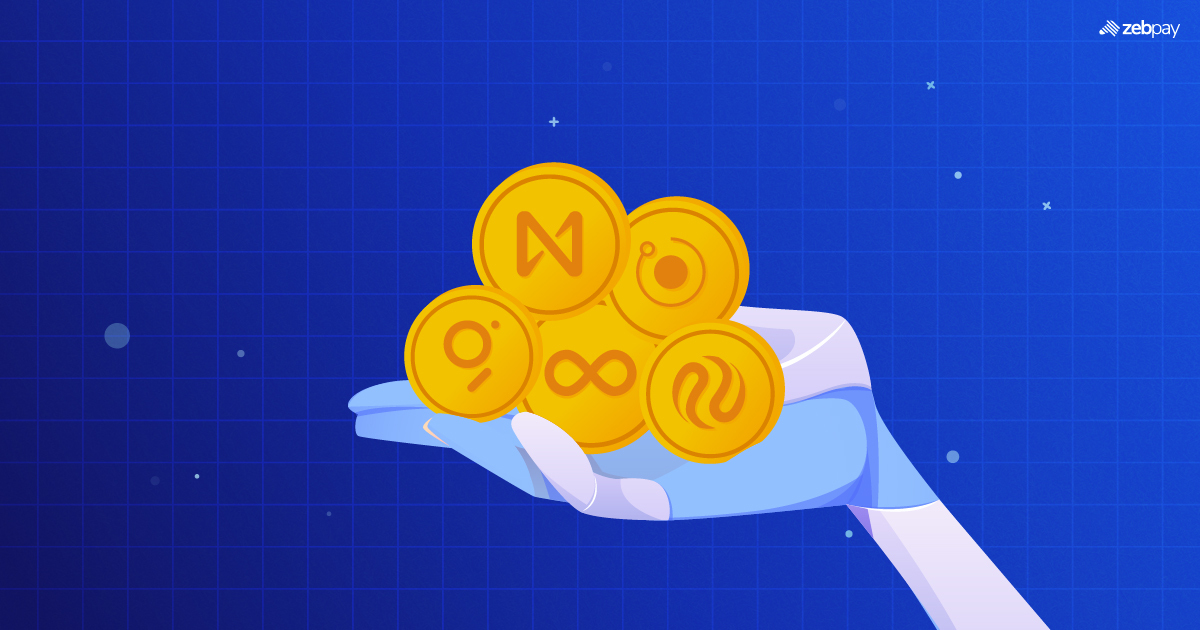Bitcoin operates on a distributed and decentralised ledger system known as the blockchain, where every transaction is recorded transparently and chronologically. Transactions are grouped into blocks, and these blocks are cryptographically linked to one another, forming an immutable chain that is maintained collectively by participants across the global network rather than a central authority. New blocks are created through mining Bitcoin, a process in which miners compete to solve complex mathematical puzzles using specialised computing power, thereby producing the proof-of-work that secures the network and validates transactions.
Understanding how does mining Bitcoin work is essential, as this mechanism ensures consensus, prevents double-spending, and keeps the ledger trustworthy, while also raising common questions around whether Bitcoin mining is legal and if Bitcoin mining is profitable given electricity costs and competition. As mining for Bitcoin has evolved, miners now rely on advanced Bitcoin mining hardware, such as ASIC machines, making the process highly specialised, capital-intensive, and increasingly focused on efficiency and scale.
Mining for Bitcoin Explained: From Transactions to Block Rewards
When mining for Bitcoin, miners select pending transactions from the network, verify them, and package them into a block. To add the block to the blockchain, miners must solve a complex cryptographic puzzle, a process known as proof-of-work. Successfully mining a block rewards the miner with newly minted Bitcoin along with the transaction fees included in that block. This reward acts as both an incentive and a mechanism to introduce new Bitcoin into circulation in a predictable manner.
How Does Bitcoin Mining Work?
The way mining Bitcoin works is centred on securing the network and validating transactions in a decentralised environment. When users send Bitcoin, their transactions are broadcast across the network, where miners collect these unconfirmed transactions into a candidate block. Each transaction is verified using public-private key cryptography and digital signatures to confirm ownership and prevent double spending. Once verified, miners compete to solve a cryptographic puzzle, forming the basis of the proof-of-work system that ensures consensus without relying on a central authority.
In the Bitcoin network today, a new block is generated approximately every 10 minutes. To maintain this consistency, the protocol automatically adjusts mining difficulty every 2,016 blocks based on the total computational power participating in the network. Miners repeatedly modify a value known as a nonce and hash the block header until they produce a hash that meets the network’s difficulty target, typically defined by a specific number of leading zeros. Once a valid block is found, it is broadcast to the network, independently verified by other nodes, and added to the blockchain that represents the greatest accumulated computational work, making manipulation or fraudulent rewriting of history extremely difficult.
Each block can include a few thousand transactions and rewards the miner with newly issued Bitcoin along with transaction fees. After the 2024 halving, the block reward stands at 3.125 BTC and will reduce again around 2028. As a result, many now question is Bitcoin mining profitable or is Bitcoin mining legal. Profitability depends on electricity costs, network difficulty, Bitcoin’s price, and access to efficient Bitcoin mining hardware, while legality varies by jurisdiction and regulatory framework. Overall, how does mining Bitcoin work in 2025 remains rooted in cryptographic security, economic incentives, and competition, with mining for Bitcoin evolving into a highly specialised and capital-intensive activity.
Read more: What is Bitcoin Halving?
Why Is It Necessary for the Network?
Mining Bitcoin is the process of validating transactions and securing the Bitcoin network in a decentralized manner. Each time a user sends Bitcoin, miners bundle these transactions into blocks, verify them using cryptography, and add them to the blockchain. This process is essential because it prevents double spending, maintains the integrity of the ledger, and ensures that the network remains trustless and secure without a central authority. Without mining, there would be no mechanism to confirm transactions or generate new Bitcoin.
What Do Bitcoin Miners Actually Do?
Bitcoin miners perform three main tasks: they validate transactions, solve cryptographic puzzles, and maintain the blockchain. By checking that each transaction is legitimate using public-private key encryption and digital signatures, miners ensure that only authorized transfers are recorded. They then compete to solve a hash-based puzzle to secure the block. Once a block is confirmed, it is broadcast to the network, where other nodes validate it and update their chains. This collective effort keeps the network secure and resilient against attacks.
Bitcoin Mining Hardware: CPUs, GPUs, ASICs Explained
Initially, mining Bitcoin could be done using CPUs (central processing units) on standard computers. Over time, as difficulty increased, miners shifted to GPUs (graphics processing units) that could perform more calculations simultaneously. Today, mining is dominated by specialized ASICs (application-specific integrated circuits), designed specifically to handle the SHA-256 hashing algorithm used in Bitcoin. Modern ASICs are far more energy-efficient and powerful, making general-purpose computers largely obsolete for profitable mining.
How Bitcoin Mining Difficulty and Hash Rate Work
The difficulty of mining Bitcoin adjusts approximately every 2,016 blocks to ensure that new blocks continue to be generated roughly every 10 minutes. When more miners or more powerful hardware join the network, difficulty increases; if miners drop off, difficulty decreases. The hash rate measures the total computational power of the network. A higher hash rate improves network security but also increases competition, meaning miners must invest in efficient hardware to remain profitable.
Is Bitcoin Mining Profitable Today? Key Factors to Consider
Profitability in Bitcoin mining depends on several variables. Electricity costs, mining hardware efficiency, current Bitcoin price, network difficulty, and transaction fees all play a role. While large-scale mining operations with low-cost energy and high-end ASICs often achieve profits, smaller or hobbyist miners may find it challenging to cover operational costs. Joining mining pools can help mitigate variability in rewards by combining hash power and sharing block payouts among participants.
Is Bitcoin Mining Legal? Regulations Across Different Countries
The legality of Bitcoin mining varies widely by jurisdiction. In countries like the United States, Canada, and many European nations, mining is legal but regulated, often requiring compliance with electricity usage, taxation, and business registration. Some countries have imposed restrictions or outright bans due to high energy consumption or concerns about financial regulation. Miners must stay informed of local laws to ensure they operate within legal frameworks.
Solo Mining vs Pool Mining: Which Approach Works Best?
Solo mining involves a single miner attempting to solve blocks independently, which can yield larger rewards if successful but carries high risk due to low probability of finding a block. Pool mining allows multiple miners to combine their computational power, sharing rewards proportionally based on contributed hash power. Pool mining provides more consistent payouts, making it the preferred approach for most miners in today’s competitive environment.
How Much Energy Does Bitcoin Mining Consume?
Bitcoin mining is energy-intensive because proof-of-work requires vast computational resources. Modern mining operations consume electricity comparable to that of small countries, with large mining farms optimized for efficiency. While some miners use renewable energy sources to reduce costs and environmental impact, energy consumption remains a major consideration when assessing the sustainability and profitability of mining.
Risks, Costs, and Challenges of Mining Bitcoin
Mining Bitcoin involves significant upfront and ongoing costs, including hardware, electricity, cooling, and maintenance. Risks include fluctuating Bitcoin prices, increasing network difficulty, regulatory changes, and potential hardware failures. Additionally, competitive pressure and market volatility mean that profitability can vary widely. Successful miners must carefully manage operational efficiency, stay updated on technology, and adapt to evolving market and regulatory conditions.
In the grand scheme of things, ZebPay blogs are here to provide you with crypto wisdom. Get started today and join 6 million+ registered users to explore endless features on ZebPay!
FAQs about Mining Bitcoin
What is Bitcoin mining and how does mining Bitcoin work?
Bitcoin mining is the process of validating transactions and securing the Bitcoin network using a decentralized proof-of-work system. Miners collect unconfirmed transactions, verify them with cryptographic signatures, and bundle them into blocks. They then compete to solve a complex mathematical puzzle, and the first miner to find a valid solution adds the block to the blockchain and earns a reward in Bitcoin. This process ensures the integrity and security of the network.
Is Bitcoin mining legal in all countries?
No, Bitcoin mining is not legal in all countries. While many regions, such as the United States, Canada, and most of Europe, allow mining under regulated conditions, some countries have imposed restrictions or outright bans due to high energy consumption or financial regulatory concerns. Miners must check local laws and regulations to operate legally.
Is Bitcoin mining profitable for individuals today?
Profitability depends on several factors, including electricity costs, the efficiency of mining hardware, Bitcoin’s market price, and network difficulty. Large-scale operations with low-cost energy and modern ASIC machines are generally profitable, while small-scale miners may struggle to cover costs. Joining mining pools can help individuals earn more consistent rewards.
What hardware is required for Bitcoin mining?
Mining for Bitcoin today typically requires specialized ASIC machines designed for SHA-256 hashing. Earlier, CPUs and GPUs were sufficient, but modern Bitcoin mining has become highly competitive, making general-purpose computers inefficient and largely unprofitable. Efficient hardware is crucial to remain competitive and reduce electricity costs.
How long does it take to mine one Bitcoin?
The time to mine one Bitcoin varies depending on hardware efficiency, network difficulty, and whether a miner is solo or part of a pool. With current difficulty levels, it can take several months or longer for individual miners to generate one full Bitcoin on their own. Pool mining can provide a proportional share of Bitcoin more consistently.
Can beginners start mining for Bitcoin at home?
While beginners can technically start mining at home, profitability is typically low due to high energy costs and competition from large-scale operations with advanced hardware. Many beginners opt to join mining pools or consider cloud mining services as an alternative way to participate in Bitcoin mining without managing expensive hardware directly.
What are the biggest risks involved in mining Bitcoin?
Mining Bitcoin carries financial and operational risks. These include high electricity costs, fluctuating Bitcoin prices, network difficulty increases, hardware failures, and potential regulatory changes. Miners must carefully manage costs and monitor market and legal conditions to maintain profitability.
How does Bitcoin mining difficulty adjust over time?
The Bitcoin protocol automatically adjusts mining difficulty every 2,016 blocks, roughly every two weeks, to maintain an average block time of about 10 minutes. If more miners or higher hash power join the network, difficulty increases. If miners leave, difficulty decreases. This automatic adjustment ensures network stability and security, regardless of changes in total mining capacity.







